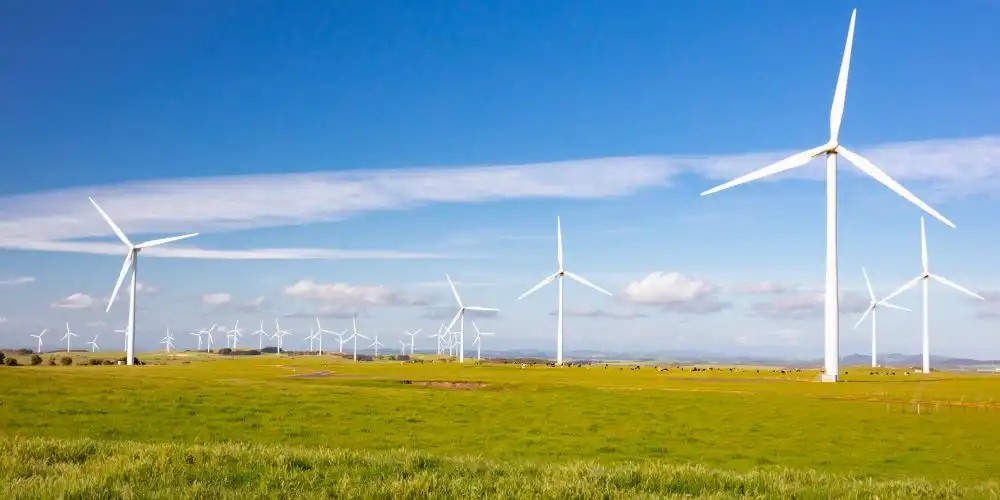SA’s Renewable Energy plan, a great discipline to Study!

Less than two decades ago, South Australia generated all its electricity from fossil fuels. Last year, renewables provided a whopping 60% of the state’s electricity supply.
South Australia shows how good public policy can enable dramatic emissions reduction, even in a privately owned electricity system. This provides important lessons for other governments in Australia and across the world.
Why is the energy transition so hard?
In decades past, fossil-fuel-dominated energy markets revolved around a few big, powerful players such as electricity generators and retailers. Overhauling such a system inevitably disrupts these incumbents and redistributes benefits, such as commercial returns, to newer entrants.
This can create powerful - and often vocal – losers, and lead to political problems for governments. The changes can also cause hardship for communities, which can be rallied to derail the transition.
The change is even harder in a privatised energy market, such as South Australia’s, where electricity generators and other players must stay profitable to survive. In the renewables shift, fossil fuel businesses can quickly become commercially unviable and close.
How South Australia did it
South Australia is a dry state – extremely vulnerable to climate change – with abundant wind and solar resources. These factors gave it the motivation and means to transition to renewables.
The South Australian Labor government, elected in 2002, adopted a target for 26% renewables generation by 2020. At the time, wind energy was already a competitive supplier of new generation capacity in Europe, creating an established wind farm industry looking to invest.
Some of South Australia’s best onshore wind potential was located near transmission lines running 300 kilometres from Port Augusta to Adelaide. This greatly reduced the cost of connecting new wind generators to the grid.
To attract renewable energy investors, the government made laws to help construct wind farms in rural zones away from towns and homes. New wind farms were regularly underwritten by state government supply contracts.
As the transition progressed, the state’s largest coal generator, at Port Augusta, was wound back and eventually closed. To help workers and the town adjust, the state government supported employment alternatives, including a A$6 million grant towards a solar-powered greenhouse employing 220 people.
The Labor government enjoyed a long incumbency, and the state was not heavily reliant on the export of fossil fuels. This helped give it the political leverage to push through change in the face of opposition from vested interests.
The state Liberal government has now firmly embraced the renewables transition, setting a target for 100% renewable electricity by 2030. By 2050, the government says, renewables could generate 500% of the state’s energy needs, with the surplus exported nationally and internationally.
As energy markets the world over grapple with making the clean energy transition, South Australia proves it can be done.
With the world grappling with significant climate change brought on by the burning of fossil fuels for energy generation, studies in Renewable Energy sources will be highly sought after.
There are many Renewable Energy programs available at Australian Universities both at the Undergraduate and Postgraduate level. For example in Perth; Murdoch University offers a Bachelor of Engineering (Renewable Energy Systems); Edith Cowan University offers a Bachelor of Engineering (Electrical and Renewable Energy) as well as a Master of Engineering (Electrical and Renewable Energy) and the University of WA offers a Masters of Renewable and future Energy.
In Victoria; Deakin University offers a Master of Energy System Management and Federation University offers a Master of Engineering Technology (Renewable Energy and Electrical Power Systems). In NSW the University of Newcastle offers a Bachelor of Renewable Energy Engineering and in Brisbane The University of Queensland offers a Master of Engineering with a major in Renewable Energy Engineering.
For students interested in Engineering, Climate Change and Renewable Energy Systems this area of study will undoubtedly be highly sought after and promising career options available in the years to come.
Excerpt from The Conversation dated February 25, 2021











